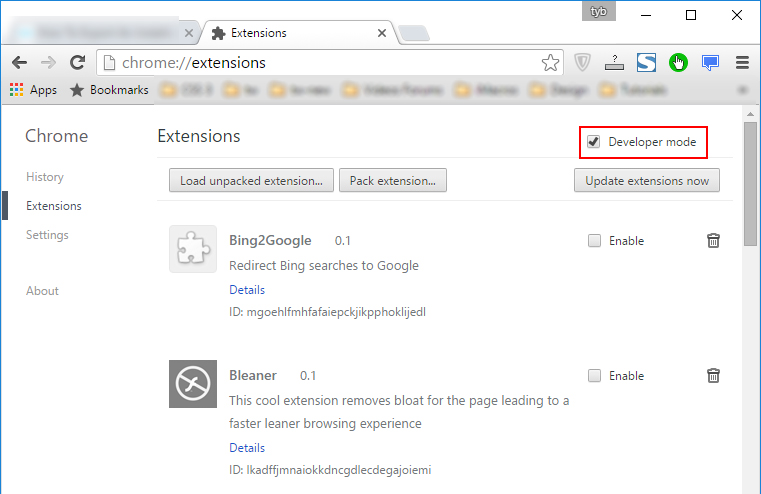


The list below explains how to get the JSON output, depending on what Lighthouse workflow you're using: The Lighthouse Viewer needs the JSON output of a Lighthouse report. The Lighthouse Viewer # Share reports as JSON Use the Lighthouse Viewer to view and share reports online. Lighthouse runs its audits against the currently-focused page, then opens up a new tab with a report of the results. The Lighthouse extension panelĬlick Generate report. After clicking, the Lighthouse menu expands. If not, open Chrome's extension menu and access it from there. It should be next to the Chrome address bar. In Chrome, go to the page you want to audit.Ĭlick the Lighthouse. Install the Lighthouse Chrome Extension from the Chrome Webstore.The DevTools workflow allows for testing local sites and authenticated pages, while the extension does not. Unless you have a specific reason, you should use the Chrome DevTools workflow rather than this Chrome Extension workflow. See Using programmatically for an example of running Lighthouse programmatically, as a Node module. To see all the options: lighthouse -help # Run the Node module programmatically The -g flag installs it as a global module. Install the current Long-Term Support version of Node.# Install and run the Node command line tool After 30 to 60 seconds, Lighthouse gives you a report on the page. DevTools shows you a list of audit categories. To the right is the Lighthouse panel of Chrome DevTools, which is powered by LighthouseĬlick Analyze page load. To the left is the viewport of the page that will be audited. You can audit any URL on the web.Ĭlick the Lighthouse tab. In Google Chrome, go to the URL you want to audit. Lighthouse has its own panel in Chrome DevTools. The CLI and Node workflows require you to have an instance of Google Chrome installed on your machine.


 0 kommentar(er)
0 kommentar(er)
